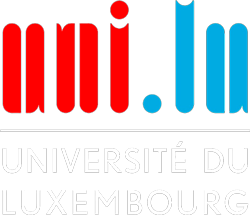Reading and Writing Literary Texts in the Age of Digital Humanities
Images are everywhere. Emojis, photos, videos… many of us opt for visual images to communicate through our screens. In this new image-based culture, reading and writing are losing popularity. Very young people, unaccustomed to literature, are also deprived of the cultural references contained therein. Instead of being a source of pleasure, reading has become an arduous chore for these young people who lack the cultural baggage required to understand a work of literature.
However, reading and writing are essential. More than just means of expression, they are the tools with which people can develop their imagination, acquire social skills and analyse, among other things, an author’s intention behind the words.
Rediscovering a love of reading
The international LEA! network (Reading in Europe Today) hopes to reverse the trend and use new technologies to encourage people to read again and, especially, to rediscover books. Thanks to action by the Erasmus+ Strategic Partnership, the LEA! group obtained a grant to pursue a three-year project on reading strategies and the development of tools for creating enriched literary texts.
For readers lacking the references to embark on literature, filling in the gaps should help them rediscover a joy of reading. During the first years of the project, the 13 partners, all members of LEA!, will try and find out which new methods can be applied to help people think differently about the reading experience. The planned final output is a prototype of an annotated enriched text system.
Bringing back the margin
This system of digital annotation is inspired in part by the margin, that strategic peripheral area of the text where the author can add finishing touches to their work or mark their thought processes. With the help of new technology, the margin has become a place for interactive exchange where readers, too, may leave their annotations and thoughts. Early findings are that the educational virtues of an enriched text tool should be complementary to the book format and that it should reconnect with classical reading rather than withdrawing from it.
The LEA! group hopes to contribute to the international expansion and study of literature, in the light of what was rather hastily described as the “decline” of Human Sciences. It also hopes to prevent the world of literature from becoming overshadowed by a narrow “Franco-French” perspective (the common subject is French and Francophone literature from around the world). The research group intends to focus on theoretical research and continuing education and is therefore particularly receptive to young researchers and PhD students interested in these issues.
